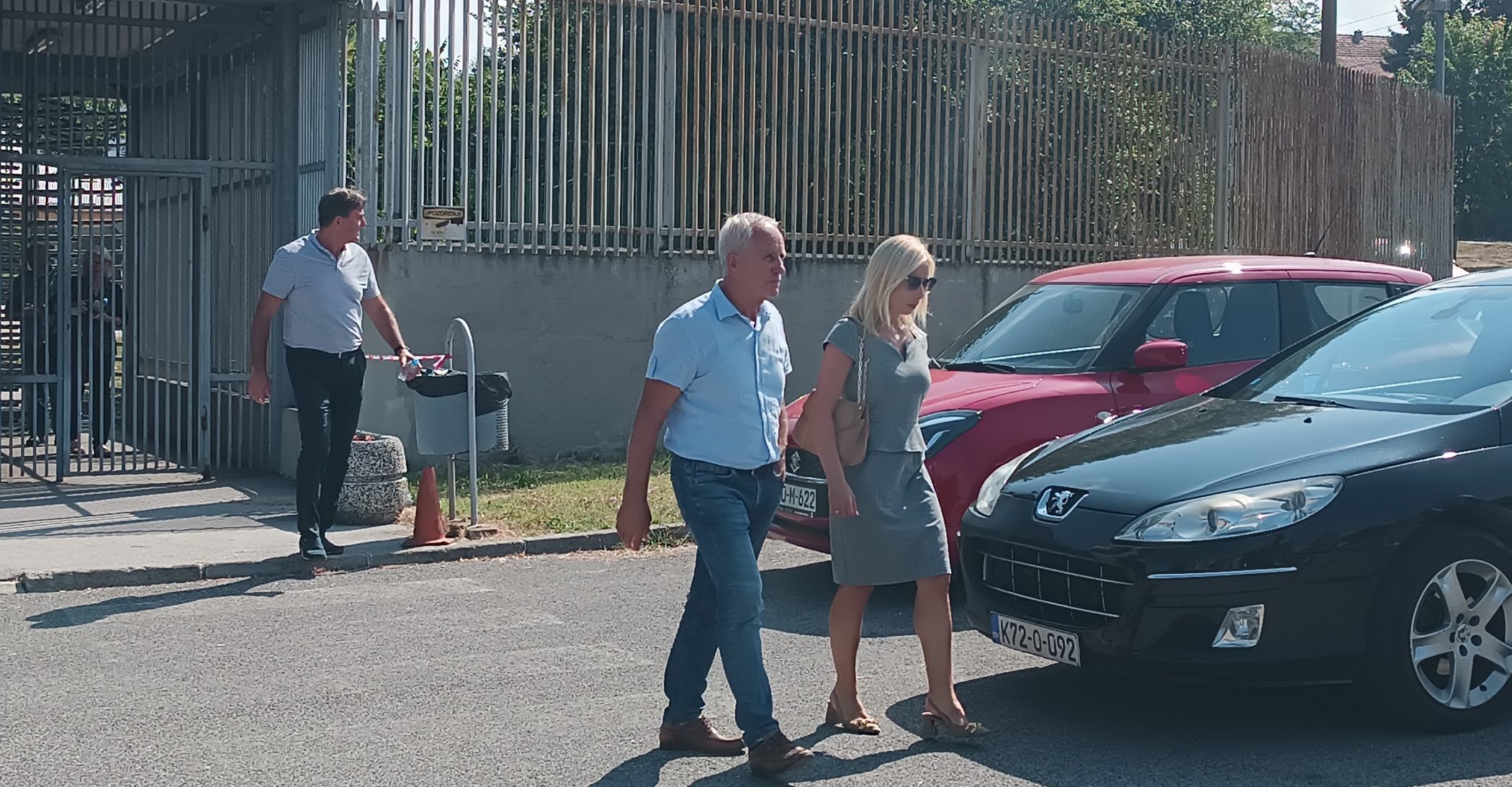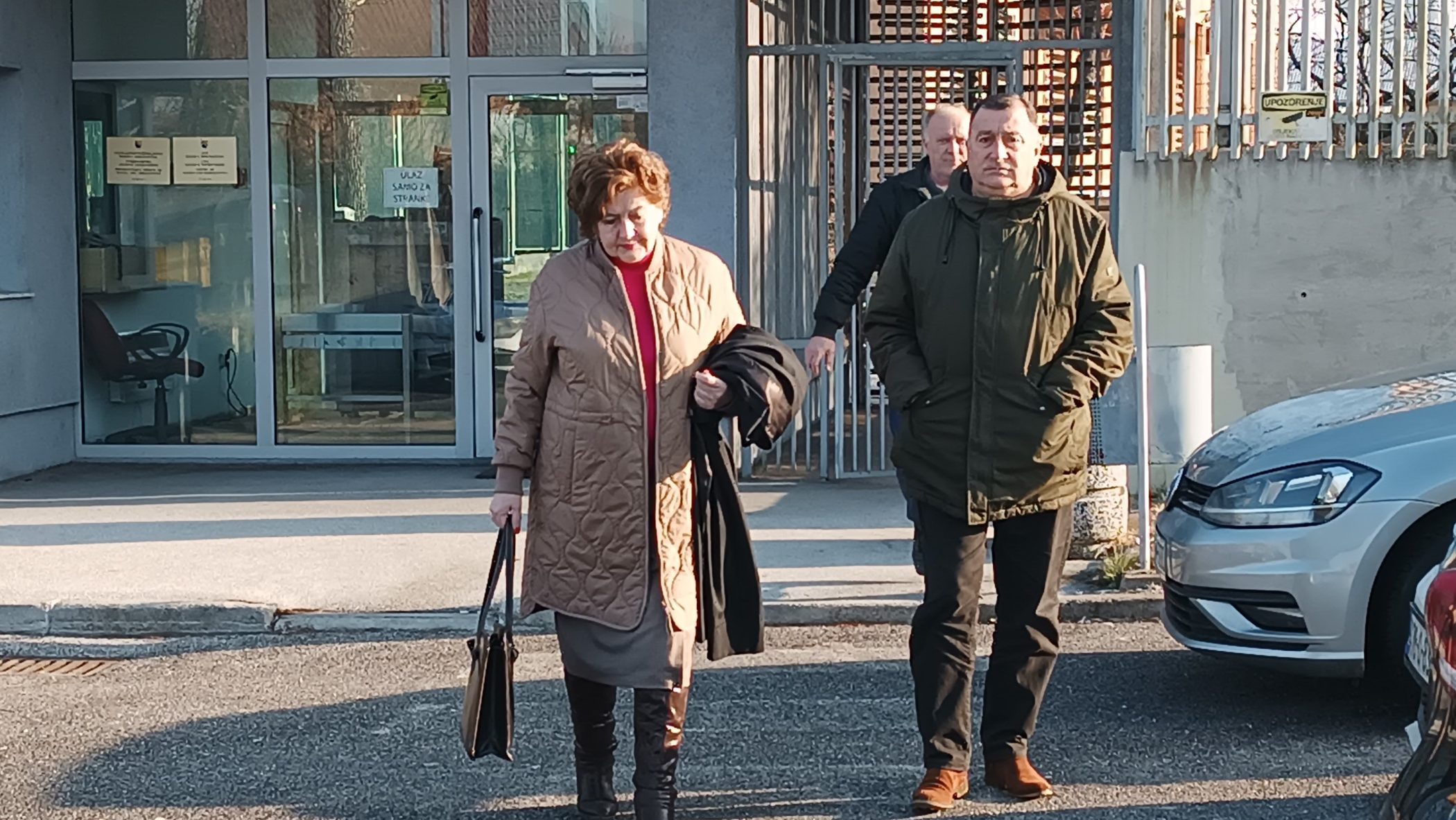Defence witness Ismet Cesic told the state court on Wednesday that he was thankful to defendant Ivica Cutura, whom he had known since childhood as they used to live in neighbouring villages in the Pocitelj area.
Cesic testified that at the beginning of July 1993, many civilians were taken to detention camps.
He said he used to hide in a nearby forest but when he saw soldiers in the area, he decided to go to a detention camp together with the others.
“Considering the fact I knew Cutura, I thought he should take me instead of somebody else. Who knew what could happen? I told my wife to tell Ivica, if she saw him, that I would go to a detention camp, as I did not dare to hide any longer,” Cesic told the court.
“Ivica said I should come home and would come to pick me up. We sat together and had a cup of coffee. He allowed me to bring a blanket. We then got in a car and drove to Gabela,” he said.
He said after having spent 27 days in a detention camp, he was sent to a military barracks to work.
While he was there, he met Cutura, and the defendant then gave him sandwiches and a carton of cigarettes.
“I do not blame him for anything. He received orders from somebody. He could not have done anything without an order. He saved me,” Cesic said.
Ivica Cutura, Nikola Zovko, Petar Krndelj and Kreso Raic are charged with being responsible for the murders, inhumane treatment and unlawful detention of Bosniak civilians in the Capljina area.
According to the charges, Krndelj was assistant commander of the police station in Capljina, Zovko was the commander of the police station, Raic was the commander of the military police squad, while Cutura was an operational worker at the police station.
Also on Wednesday, testifying at the trial of Srebrenica genocide suspect Srecko Acimovic, a prosecution witness said he saw dead people in a hole in Kozluk in the Zvornik municipality in July 1995.
Protected witness SA-4 said he was in Kozluk in July 1995 and when he heard shooting, he walked in the direction of the gunfire.
“At first I saw a hole and people who had been killed in it,” SA-4 said.
When asked by defendant Acimovic why he failed to report what he saw, the witness replied: “I don’t know what to say.”
Acimovic, the former commander of the Second Battalion of the Bosnian Serb Army’s Zvornik Brigade, is charged with having acted on a command issued by the brigade and the Bosnian Serb Army’s Main Headquarters in July 1995 to take Srebrenica residents, who were blindfolded and tied up, from a school building in Rocevici to a gravel factory on the banks of the river Drina in Kozluk, where they were killed.

